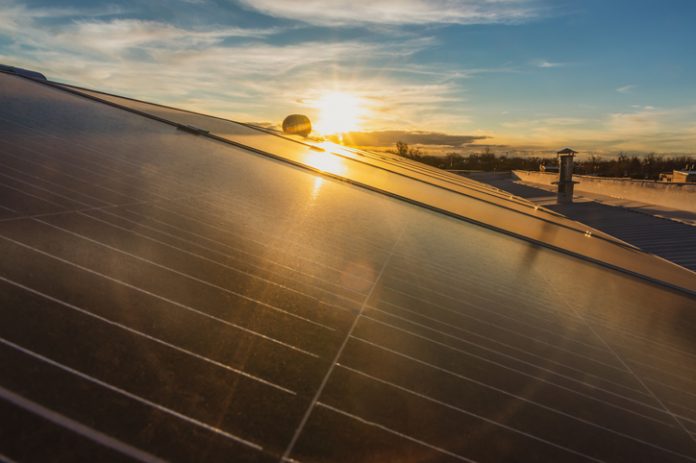Those who have installed solar panels or are planning to install solar panels on their property will be eligible to receive credits for any surplus power their solar panels produce.
In some instances where properties are off the main electricity grid, battery storage and generator power should be considers as well. Hiring a reputable and licensed electrical company like BSK Data & Electrical will help to cover all the prerequisite requirements prior to any installation takes place.
The credits they receive can be used to offset some or all the electricity that they use or can be sold back to the grid at a rate determined by the government.
But how do you know what your feed-in tariff will be? See this article for details before you hire a professional through one of the reputed sites like https://www.econnex.com.au/using-solar-feed-in-tariffs-to-save/.
What Is Solar Feed-in Tariff Credit?
The solar feed-in tariff is a tax credit that is given to the customers for installing solar panels. The existing solar panels get credit for this tax, which means that new customers can also be eligible for this scheme. The government introduced the idea behind solar feed-in tariff credit to encourage people to install their solar panels.
The Government Determines Your Feed-In Tariff (FiT)
Your feed-in tariff is determined by the government and is subject to change. You can choose between a standard or variable tariff which suits your lifestyle. There are also fixed price tariffs if you don’t want to worry about energy bills at all.
A feed-in tariff is a contract between you and the government that sets out how much money you get for each kWh you use and how often you can sell that electricity to the grid. There are some factors that affect the FiT.
The Age of Your Solar Installation
The age of your solar installation may affect your feed-in tariff and could lead to lower payments for the electricity you generate. To avoid this scenario, have an average age of the system measured by a qualified professional at the starting date of the FiT scheme. If you put in less than the six-year-old system, you may be eligible for a higher Feed-in tariff.
A professional can help you determine your installation’s current condition and check if it needs any repairs or maintenance. However, if you don’t have any idea, it’s better to take the help of a few sites to make an informed decision.
Space Available for Installation
Solar panels do not have to be fixed to your roof to generate free electricity and qualify for the Feed-in Tariff. The Feed-in Tariff can be implemented wherever you have available space, such as a garden, a garage, or in your home.
For example, if you have a spacious attic or loft that receives a lot of sunlight, installing solar panels could increase the amount of electricity you are paid for by the government. But, unfortunately, many homeowners do not make use of their loft space.
The Amount of Power You Need to Run Daily
The amount of power you need to run daily will affect your Feed-in Tariff – the higher your peak electricity usage, the lower your FiT payment. Also, the size of the solar power system will depend on your usage, meaning more expensive appliances and gadgets will require a larger solar power system and may need a specialist to install it for you.
The Amount of Sunlight in Your Area
The amount of sunlight in your area can seriously affect how much money you earn with a solar installation. For example, if you reside in a place that receives long hours of sunlight, you are likely to earn more money than if you lived in an area that doesn’t.
Final Note
When finding out how to get paid for the extra electricity you produce from solar panels, consider how much electricity you are likely to make. Plus, you can compare the prices of different retailers. Remember, the more electricity you produce and the fewer kilowatt-hours you buy from your utility company, the bigger the return on your investment could be.


































